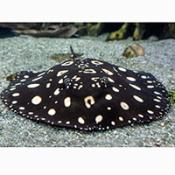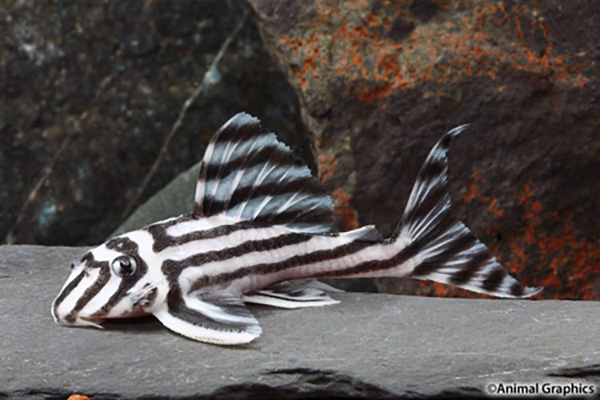Sea Save
2022 CITES CoP19
Sea Save Foundation will participate in the nineteenth meeting of the Conference of the Parties in Panama City, Panama, which is being held November 14th – 25th 2022. 2022 CITES Conference of the Parties (CoP 19) this November in Panama. CITES, the United Nations Treaty and Convention on International Trade in Endangered Species of Wild Flora and Fauna is a critical tool to protect threatened and endangered animals. To learn more about CITES history and past successes: CLICK HERE
We are prepped and ready to work hard to protect vulnerable and endangered marine species by using the strong evidence presented in the proposals. By joining us as an honorary virtual delegate you will amplify our voice at the CITES table.
This will be Sea Save Foundation’s fourth official CITES and our 15th year of participation. This year and we are better prepared than ever before. Our Director, Georgienne Bradley, has just completed an intensive Master’s Degree Program in the study of CITES. We are bringing our “A” game.
(c) Edwar Herreño
Why is THIS CITES CoP so Important?
Shark populations have plummeted worldwide. This was precipitated largely by the unregulated international market in shark fins and meat. Sharks in the open seas have suffered a 70% population loss in the last 50 years. Coastal species of sharks are also in trouble — 20% of reefs surveyed globally have shark populations that have become functionally extinct. Affected governments have taken steps to monitor population numbers during the last ten years, spotting that unregulated international exchange is driving these declines.
Change cannot happen soon enough. But currently, it’s too little, and for a few species, too late. Every year about a hundred million sharks are killed in commercial fisheries worldwide. Only 25% of the worldwide fin trade is presently regulated — meaning that for the remaining 75%, there are no enforceable laws to ensure the trade would not pose a threat to species’ survival. The need for effective action is overdue — 70% of species involved in the shark fin trade are already threatened with extinction.
For any trade to continue, governments have to make sure any shark species involved has sustainable trade limits. Given the slow reproduction rate of sharks and rays and, their susceptibility to overfishing, intense declines already visible for many species, CITES regulation (Appendix II) of the entire shark fin exchange is the minimal first step governments should make. The shark proposals for CoP19 are an unparalleled opportunity for governments to begin now to regulate the bulk of the worldwide shark fin trade. This will provide needed protections for species threatened with extinction and a sustainable framework for the long term for species whose populations are currently healthy.
To accomplish this, Panama and the European Union have recommended proposals to list the remaining Carcharhinidae and Sphyrnidae family species in Appendix II at CoP19. CITES CoP19 offers an unprecedented chance to protect large numbers of threatened marine species from the pressures of international trade.
We will educate and advocate to voting delegates at the conference that the current proposals should be accepted to ensure that threatened species are not confused with “look-alike” species within a Family. This will avoid additional population decline and future need for Appendix I listings.
Requiem Sharks - The Family Charcarhinidae

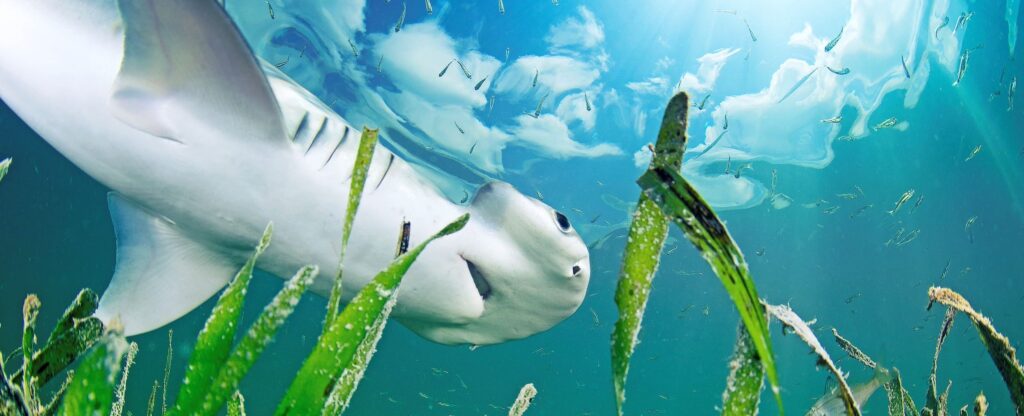
Hammerhead sharks - The Family Sphyrnidae
Sea cucumbers from the genus Thelenota
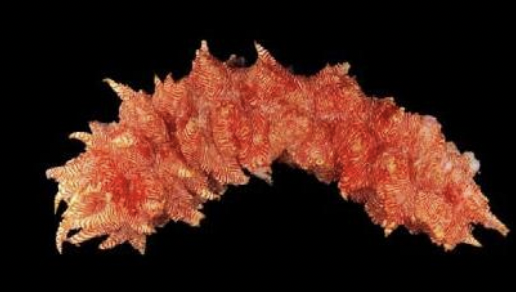
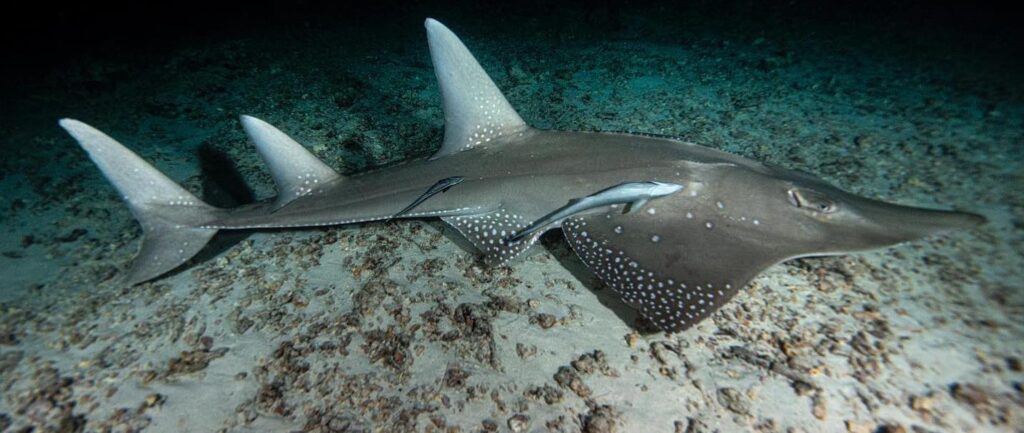
Guitarfishes The Family Rhinobatidae
Potamotrygonidae (Freshwater) Prop 39
Read CITES Proposal
More details soon
